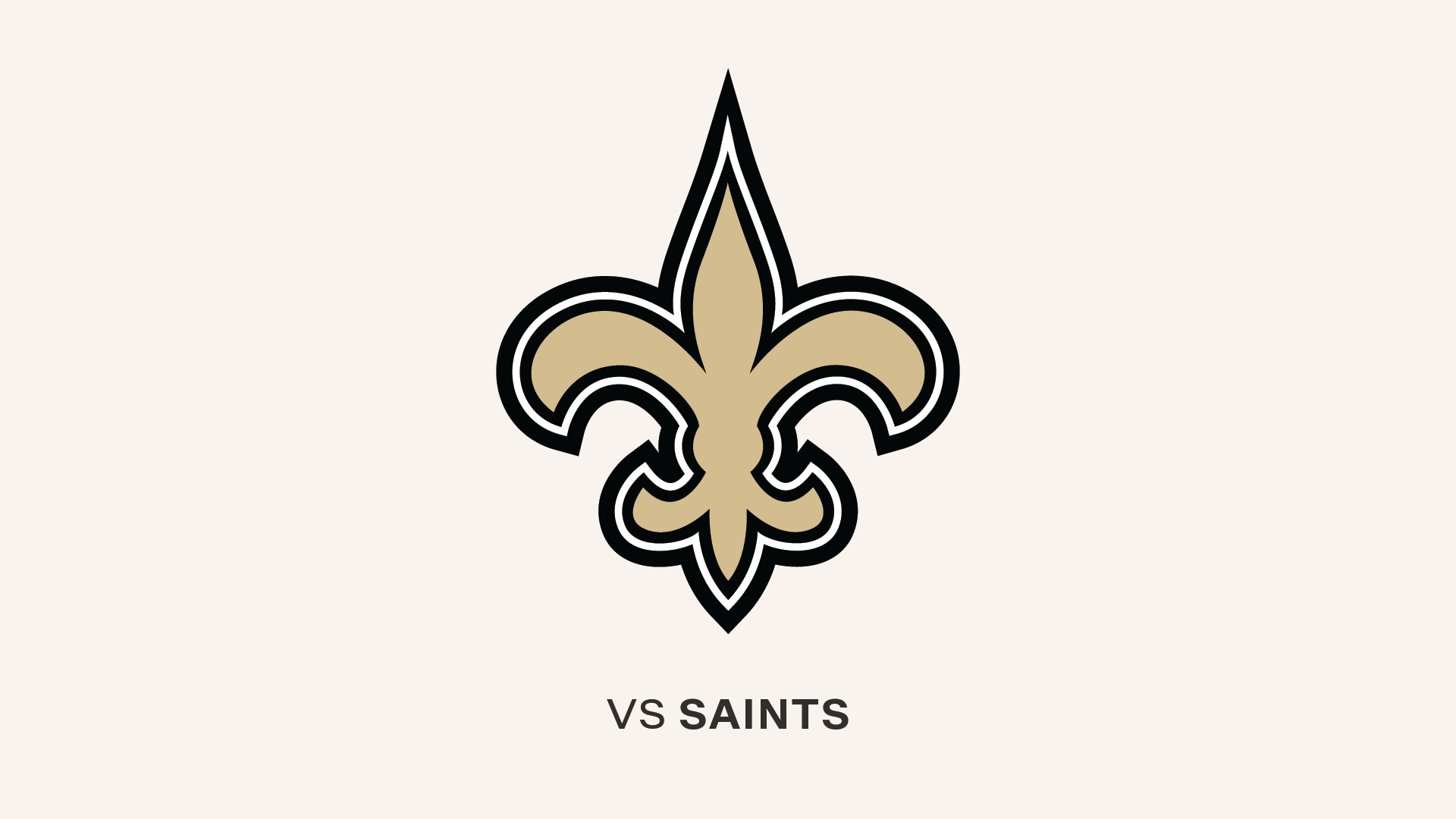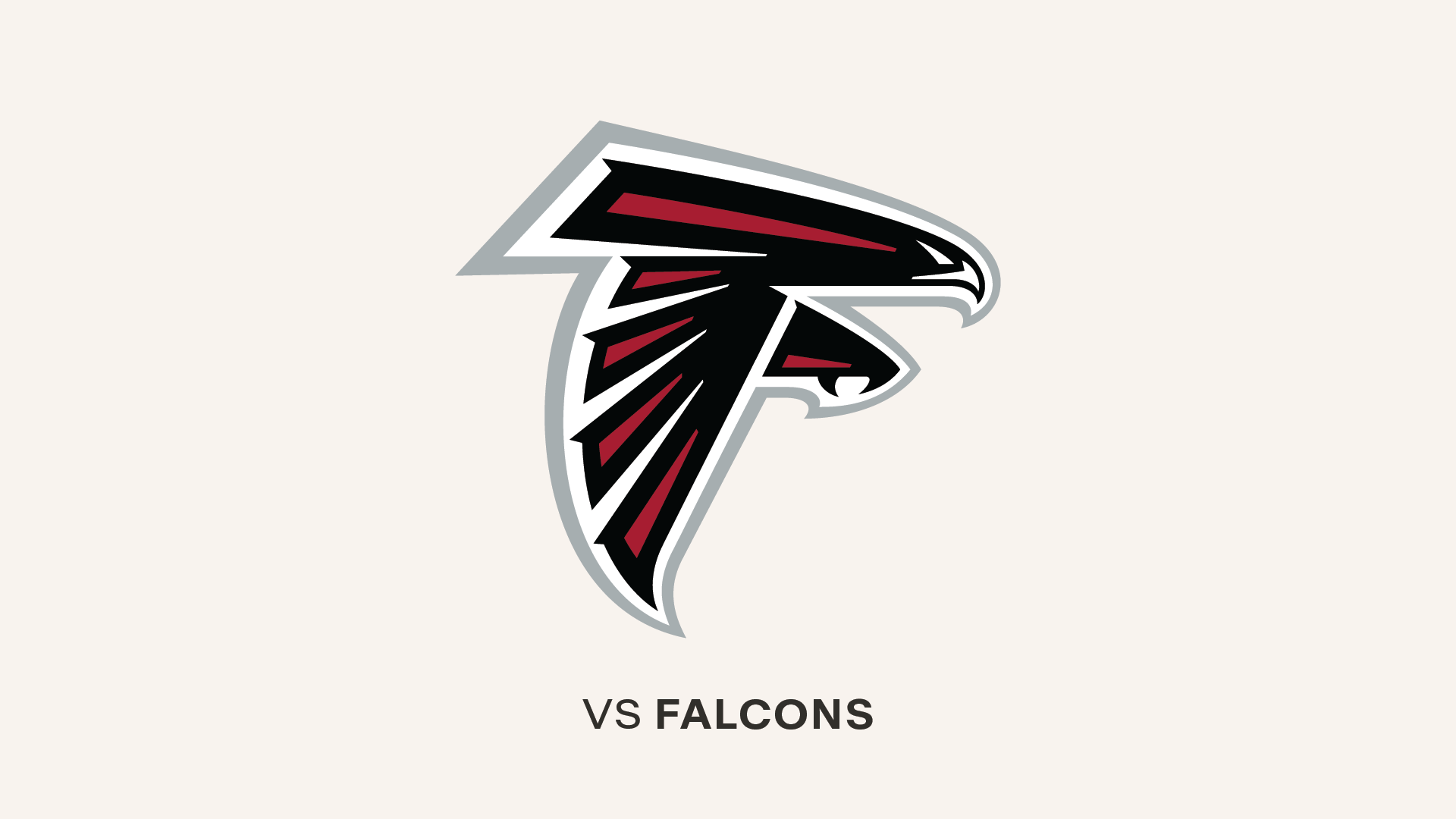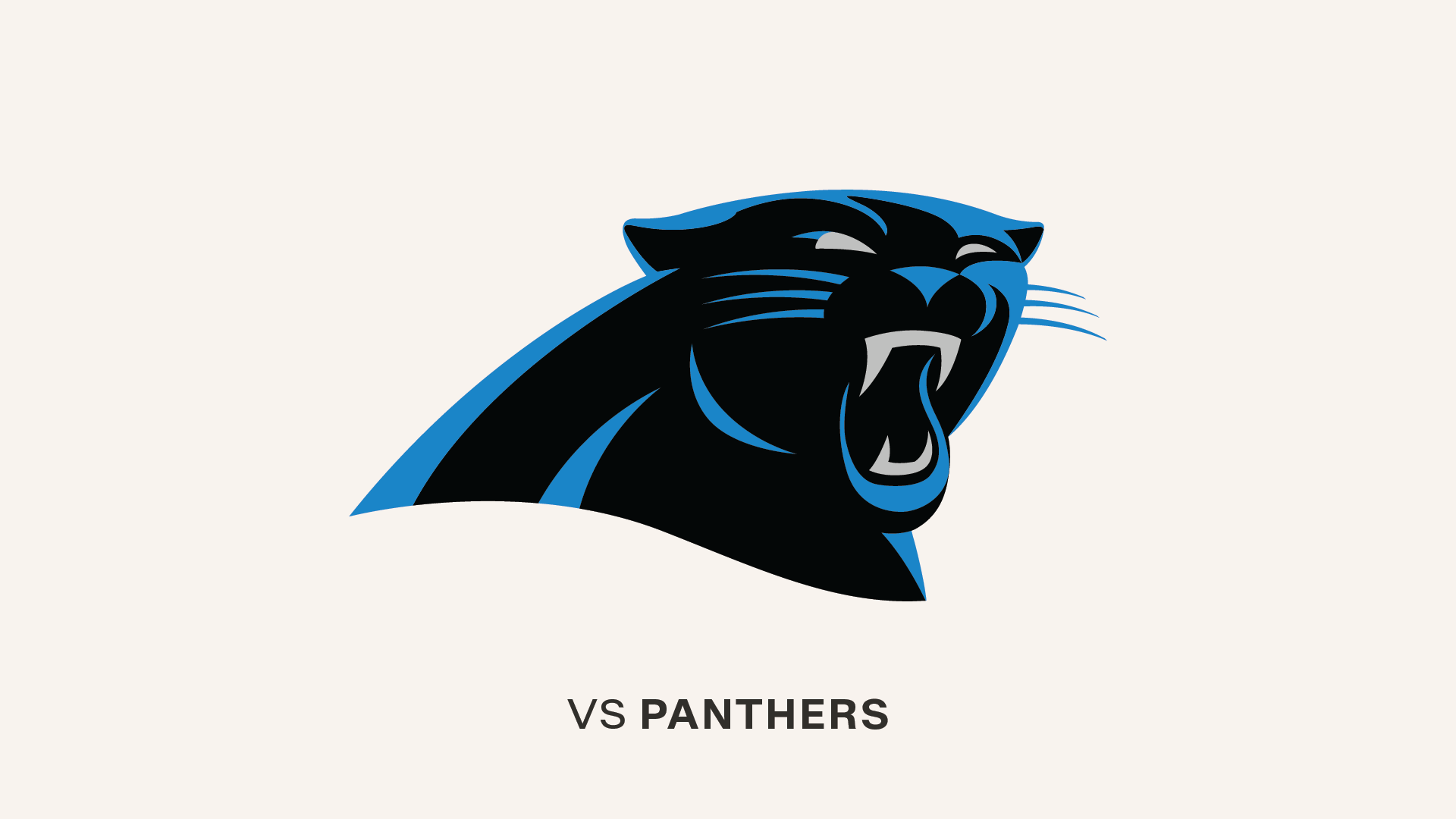The Tampa Bay Buccaneers' 2025 training camp will take place at the AdventHealth Training Center, with rookies reporting on Monday, July 21 and veterans coming in on Tuesday, July 22. The first on-field work will take place on the morning of July 23, and the first of nine practices open to the public will be held on the morning of Thursday, July 24.
Fans who attend practice will sit in covered bleachers along the sideline of Field 3 behind the AHTC, where most of the full-team action will occur. Practices generally range from 90 to 120 minutes and are quick-paced and thoroughly scripted. Here is the rundown of a typical training camp practice to help attendees follow the action:
Stretch: This needs little explanation, but the Buccaneers describe their pre-practice stretch period as a "dynamic warmup," which is led by members of the Athlete Performance staff.
Special Teams: Most practices begin with work on some aspect of the "core four" of special teams play – kickoff, punt, kickoff return and punt return. Generally, each practice will focus on one or two specific aspects of that part of the game, changing day by day. Field goal and field goal block usually occurs in a different period later in practice. Not every player takes part in the special teams portion of practice. While Special Teams Coordinator Thomas McGaughey is in charge of this period overall, other position coaches will be given very specific duties to tutor players on certain aspects of the play.
Indy: Indies stands for individual position drills. Here, each position coach will take his players to a certain spot on one of two fields and run them through exercises designed to teach and enhance the techniques specific to their positions. Many of the drills focus on ball security for the offense and takeaways for the defense. Defensive backs put in a lot of time on footwork and offensive linemen on run fits, or exactly where they are supposed to go on running plays.
Inside Run/One-on-Ones: These drills usually don't take place until the team is in full pads and won't happen at every practice. Inside run, or 9-on-11, mostly focuses on the linemen on both sides and the linebackers and is almost exclusively running plays. The coaches will generally script an occasional play-action pass to keep the defense honest. Since they are not involved in this drill, wide receivers and cornerbacks will engage in a series of one-on-one plays on a separate field. Since there is no pass rush in one-on-ones and the receivers know the routes they are going to run, this drill heavily favors the offense, so every completion that is denied is a big win for the defense.
Team Install: In this part of practice, the offense works on one field and the defense on another field. Each side is absorbing a portion of the team's playbook, working at walk-through or three-quarter speed. The players will be installing the plays they studied the afternoon before. Working one section at a time, the team hopes to get the entire playbook memorized before the start of the regular season.
Team R/P: This drill usually runs about 20 plays long – split into two periods of 10 plays each – and mixes the run and the pass. It will typically focus on one specific game situation, like first-and-10 or plays with blitzes.
Mock: Some practices include a short period, maybe only five minutes long, that focuses on one very specific game situation. As an example, it could be "bleed punt," in which a team is punting the ball away but has a lot of time on the play clock and wants to run most of it down before actually snapping the ball.
PAT/FG: As noted earlier, the placekicking part of special teams is usually separated out into its own period about midway through practice. If the team has two kickers in training camp, it usually only lets one of them kick in any given day. The period will be scripted to have the ball placed on specific yard lines and hash marks, generally increasing from distances in the 20 to 30-yard range to as far away as 55 yards. This generally involves a series of six field goal attempts.
7-on-7/OL-DL One-on-Ones: This is a passing-only drill that includes the quarterback, five eligible skill-position players (RB/WR/TE) and a snapper on offense. The team generally uses a member of the equipment staff to lob the ball back to the quarterback and he is otherwise not involved in the play. The defense consists of the defensive backs and off-ball linebackers. Since they do not take part in this drill, the offensive linemen and defensive linemen sometimes use this time to take one-on-one pass-rush snaps against each other. This usually takes place after the team starts practicing in full pads.
11-on-11, or Team: This is when the whole team comes together to run a series of offense-vs.-defense plays. In training camp, unlike in the regular season, these full-team drills generally pit the first-team offense against the first-team defense, the second-teamers against each other and so on. There is, however, a heavy amount of substitution since the practice is fast-paced and the extreme heat and humidity of a Florida summer leads quickly to fatigue. Most 11-on-11 drills are fully scripted, which means the offense is told exactly which 14 or so plays to run and the defense is shown cards by assistant coaches as to where to align. However, on some days these will be "Call-It" periods, which are not scripted ahead of time. This allows the play-caller to respond to the situation and get practice for calling plays in actual games. Since the Buccaneers have a first-year offensive coordinator in Josh Grizzard, there are sure to be plenty of call-it periods in this year's training camp.
Special Cat: Here, the "cat" is short for category and it describes a drill aimed at specific game situation. Some of the more common ones are red zone (high or low), third down and two-minute drills.
The team might also use this period to rehearse some very specific but important plays, such as two-point conversion attempts. This drill generally only contains a small handful of plays.
**
More to Know
Scoreboards: In the end zone, fans will see "scoreboards" that track the progression of practice. One entry displays the number of the practice period the team is in and another tracks the number of the play in the script that has been reached. A running clock will show approximately how much time is left in the period, though the team often finishes the drill before that clock has expired. Alternately, when the team is running a special category drill like two-minute, the scoreboard will display a specific situation regarding yard line, the time remaining on the game clock and how many timeouts the offense has.
Ramp-Up Period: The NFL mandates that each team opens camp with a five-practice progression in which the length of the field session and the equipment players are allowed to wear gradually builds. The first two practices will be 90 minutes long, the third and fourth will be 105 minutes long and the fifth will be the first one that runs a full two hours.
Pads: During the ramp-up period, the players will progress from wearing "helmets" to "shells" to "pads." During "helmet" practices the players were their helmets but no pads along with jerseys and shorts. The "shells" ensemble adds "spiders" to the mix. Spiders are a smaller and lighter form of shoulder pads. "Pads" is what the team calls a fully-padded practice, in which players wear uniform pants fitted with thigh and knee pads. Some also choose to wear compression shorts that have built-in hip pads.
Minus and Plus Yardage Indicators: Practice period descriptions, especially for drills in which the ball will be moved, as in two-minute situations, include designations such as "minus-30" or "plus-20." Minus designations indicate that the offense is starting on its own half of the field and plus designations indicate it is starting on the defense's half of the field. A "low red zone" drill, for instance, might be listed as "plus-8."
Jersey Colors: Each day, one side of the ball, offense or defense, will wear white jerseys and the other will wear red jerseys. However, there are a few other colors mixed in as well. The quarterbacks wear orange jerseys as a reminder that defenders are never supposed to make contact with them. A player practicing through an injury will occasionally wear a black jersey to tell other plays to avoid making any physical contact with them. Some drills will also involve players fitting colored cloth beanies over their helmets. This is common during special teams drills since the two sides facing each other will have players in both red and white jerseys. They may also be used during Install periods to identify players who are playing positions that quarterbacks and centers identify to know what sort of alignment the defense is in.






































